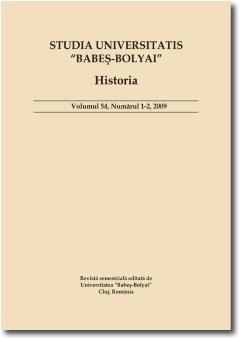NOT ONLY WITH THE DEAD: BANQUETING IN ANCIENT EGYPT
NOT ONLY WITH THE DEAD: BANQUETING IN ANCIENT EGYPT
Author(s): John BainesSubject(s): History
Published by: Studia Universitatis Babes-Bolyai
Keywords: ancient Egypt; banquet; tomb decoration; tent; wine; funeral lament.
Summary/Abstract: Convivial occasions among the living are not well attested from ancient Egypt. Scenes in tomb decoration, especially of the Old Kingdom (3rd millennium), that show a solitary figure before large quantities of food and drink involve participation of others and thus say something about practices of celebration. Patrons might also celebrate with their subordinates, but people of different status are not shown eating or drinking at the same time; these asymmetrical practices are depicted both for kings and for elites. Banquets and related entertainments would be set in tents or colonnaded spaces, the character of which was imitated notably in the decoration of 18th dynasty tombs (ca. 1500-1350). These banquets could be held near the tomb and involved drinking wine, in particular, that would favour communication between the living and the dead. Another significant setting appears to be in the countryside. At banquets harpists might perform songs that emphasized the importance of eating and drinking while still alive, because one does not know what will happen after death, an idea that was probably voiced in counter-cultural laments during funerals. The funerary stelae of the couple Taimhotep and Psherenptah, who died in 42 and 41 BCE, expressed both the need to celebrate in life and the political character of banquets at which the king and his family were present, rounding off a tradition that had endured for millennia.
Journal: Studia Universitatis Babes-Bolyai - Historia
- Issue Year: 59/2014
- Issue No: 1
- Page Range: 1-34
- Page Count: 34
- Language: English

